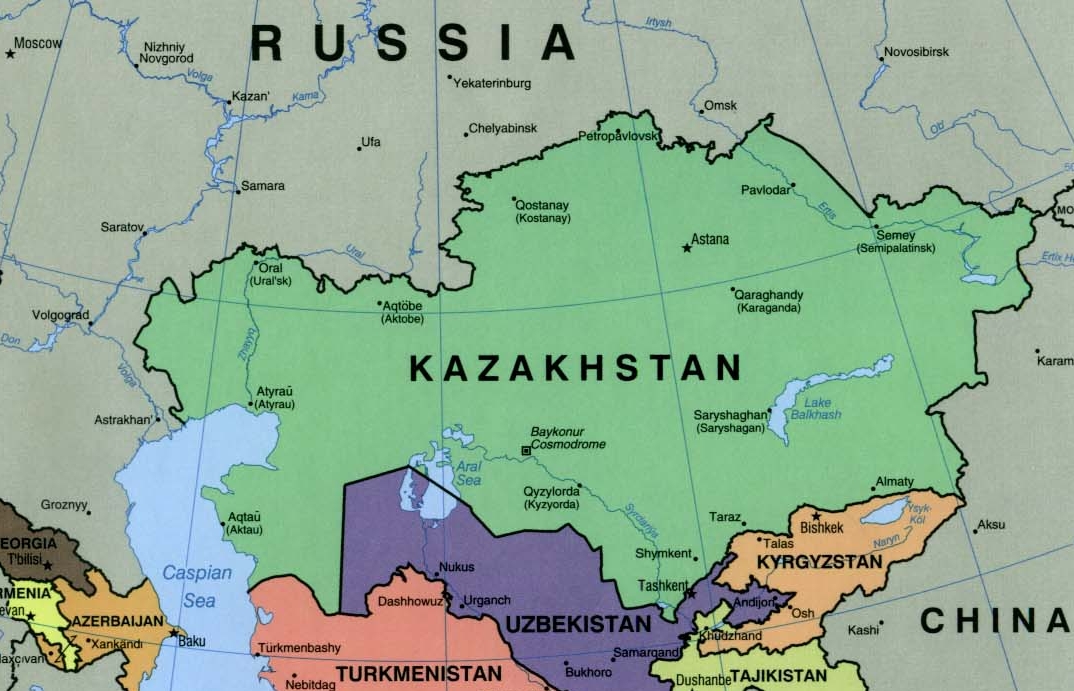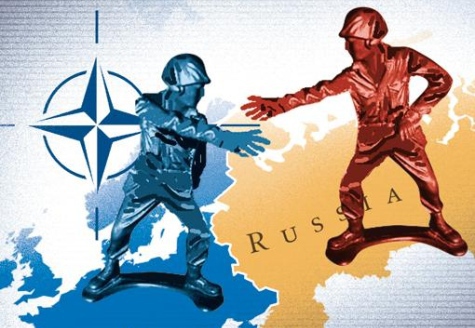 As the crisis in Ukraine continues to descend into volatility, the future of Crimea’s minority Muslim population remains precarious. At the present time, according to US Secretary of State, John Kerry, Russian forces have “complete operational control” of Crimea. Diplomatic efforts to contain Russian control of the region and stave off further advances remain active. For the Tatar population, a Russian take-over could be dire.
As the crisis in Ukraine continues to descend into volatility, the future of Crimea’s minority Muslim population remains precarious. At the present time, according to US Secretary of State, John Kerry, Russian forces have “complete operational control” of Crimea. Diplomatic efforts to contain Russian control of the region and stave off further advances remain active. For the Tatar population, a Russian take-over could be dire.
Crimean Tatars are a Turkic ethnic group indigenous to the Black Sea peninsula. The predominately Sunni-Muslims currently make up over ten percent of Crimea’s population. While the Tatar people have been economically and socially marginalized, they have managed to effectively organize for political ends. Over the past few decades, community members have constructed an independent council called the Kurultai, and built alliances with key Ukrainian political parties in Kiev. Furthermore, the group strongly supported the uprising in Kiev for reasons stemming from its history.
For centuries, relations between Russian authority and Crimean Tatars have been tumultuous. The Crimean Khanate operated as an Ottoman protectorate since the fifteenth century. The Russian Empire formally acquired the region in 1783. During Czarist rule, Tatar Muslims suffered under oppressive policies including large-scale displacement in favour of Russian settlement in the peninsula. While Crimean Tatars gained some recognition following the Bolshevik revolution, Soviet leadership did not end the ongoing persecution. In 1944, Stalin accused Tatars of Nazi collaboration and, consequently, deported the entire population to Siberian labour camps. The USSR bestowed Crimea to Ukraine in a diplomatic gesture ten years later.
Under Ukrainian authority, the Tatar population began to slowly replenish; however, it was not until the fall of the Soviet Union that the group regained its position in the Crimea.
During the present crisis in Ukraine, Crimean Tatars have vocalized their opposition to Russian tactics. On February 26, thousands of Tatars marched the streets of Simferopol in support of Ukraine’s new government. Protesters were met by pro-Russian separatists at Crimea’s parliament where clashes ensued. Since Russian forces seized control of the region, Tatar demonstrations have dissolved. Many understand the risks involved with visible protest to the ongoing crisis in the region.
On March 16th, Crimea’s parliament successfully passed a referendum on Russian-Crimean annexation, infringing on several bilateral and international treaties. Russian news agencies report that President Vladimir Putin contacted Tatar leadership in the wake of the controversial vote. Many dismissed the gesture as political posturing and have made preparations to flee to avoid persecution.
The United States vehemently opposed the Russian-led referendum and has refused to support integration. The administration remains signatory to the 1994 Budapest Memorandum which contains security-assurance clauses to protect Ukrainian independence. The vast majority of Crimean Tatars have boycotted the vote and may look to the West for support.
While the Ukrainian revolution concentrates on matters of recognition and representation among others, it will be interesting to see how these concerns are addressed regarding Ukraine’s sub-groups.




